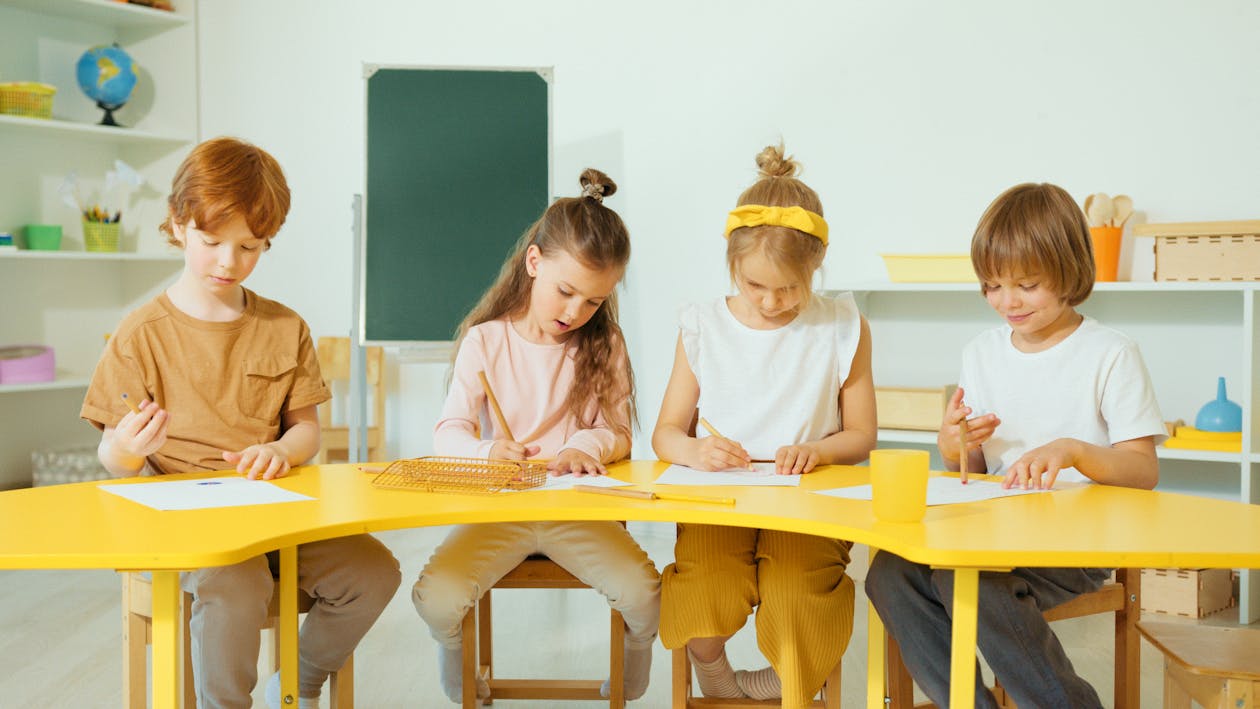Key takeaways
- Early identification and assessment are crucial for effective interventions for students with learning disabilities.
- Individualized Education Plans (IEPs), multisensory instruction, assistive technology, and small group/one-on-one instruction are critical components of effective support.
- Encouraging peer support, involving parents and caregivers, and providing professional development for educators play vital roles in helping students with learning disabilities succeed.
Every student deserves a fair education, regardless of their needs and abilities. For students with learning disabilities, achieving academic success can be challenging, but with the right interventions and support, they can reach their full potential. In this blog post, we'll explore effective interventions for students with learning disabilities, highlighting the importance of personalized approaches and the role of educators, parents, and the broader community in promoting success.

Understanding Learning Disabilities
Before delving into interventions, it's crucial to understand what learning disabilities are. Learning disabilities are neurological differences that affect how an individual processes, retains, or expresses information. These disabilities manifest in various forms, such as dyslexia (difficulty with reading), dyscalculia (difficulty with math), and ADHD (attention deficit hyperactivity disorder), among others.
9 Effective Interventions to Support Every Student
- Early Identification and Assessment:
Early identification is a cornerstone of effective intervention. Schools should establish screening processes to identify students with potential learning disabilities immediately. Diagnostic assessments, often involving psychologists and special education professionals, can provide a clear picture of the student's strengths and weaknesses. - Individualized Education Plan (IEP):
An IEP is a customized plan designed to address a student's specific needs and goals. It outlines the necessary services, accommodations, and modifications to help the student succeed. Educators, parents, and specialists collaborate to create and regularly review and adjust the IEP as needed. - Multisensory Instruction:
Multisensory teaching methods engage multiple senses (e.g., sight, sound, touch) to reinforce learning. This approach can be particularly beneficial for students with learning disabilities. For example, for students with dyslexia, a multisensory reading program might incorporate tactile materials and auditory cues alongside traditional text. - Assistive Technology:
Advances in technology have opened up a world of possibilities for students with learning disabilities. Specialized software, speech-to-text tools, and digital audiobooks can provide invaluable support. Assistive technology can make learning more accessible and independent for these students. - Small Group and One-on-One Instruction:
Smaller class sizes or individual tutoring sessions can provide students with learning disabilities with the personalized attention they need. This approach allows educators to tailor instruction to each student's unique needs, ensuring they receive the right level of support. - Positive Behavior Support:
Students with learning disabilities may struggle with behavior management. Positive behavior support strategies focus on reinforcing positive behaviors and helping students develop essential self-regulation and social skills. This approach promotes a more inclusive and supportive learning environment. - Peer Support and Inclusion:
Encouraging peer support and fostering inclusive classrooms can boost the self-esteem and social development of students with learning disabilities. Inclusion programs promote empathy and understanding among all students, creating a more supportive community. - Parent and Caregiver Involvement:
The involvement of parents and caregivers is integral to a student's success. They should work closely with educators to understand their child's needs and how they can support learning at home. - Professional Development for Educators:
Teachers should receive ongoing training and professional development to stay up-to-date with the latest research and best practices for supporting students with learning disabilities. A well-informed teacher can make a significant difference in a student's learning journey.
Students with learning disabilities are capable of achieving academic success and thriving in the right learning environment. Effective interventions tailored to the individual needs of each student can make a significant difference. Educators, parents, and the broader community must work together to ensure that every student can access the support and resources they need to reach their full potential. Through early identification, personalized education plans, and a commitment to inclusivity and support, we can help students with learning disabilities overcome challenges and build a brighter future.
Author: Stirling Myles
Posted: 03 Nov 2023
Estimated time to read: 3 mins